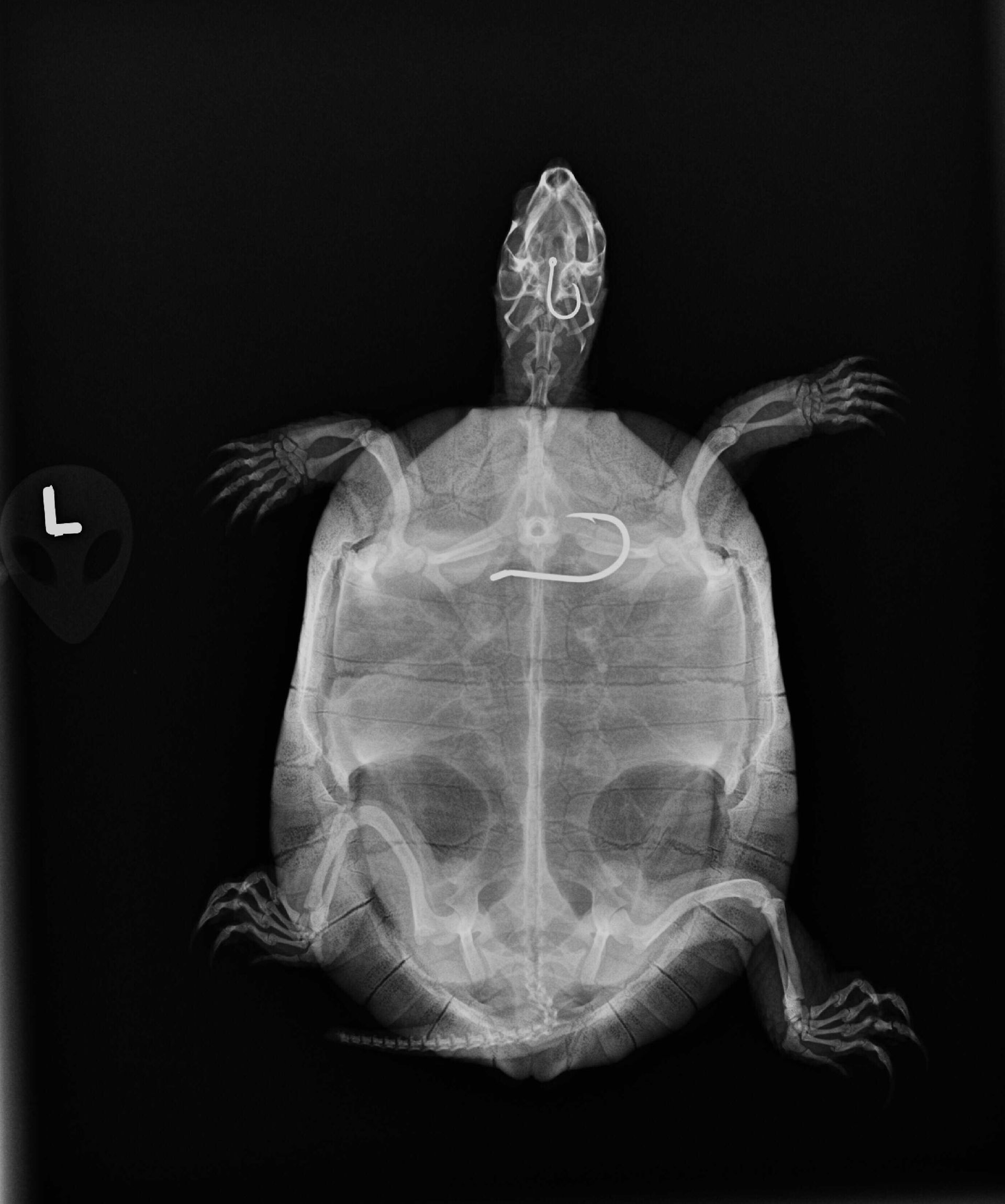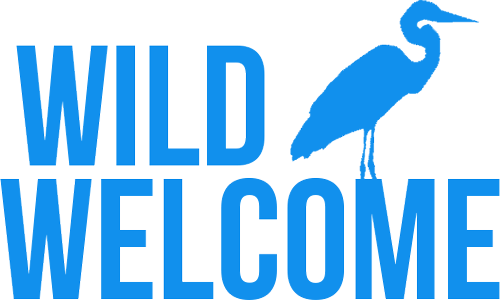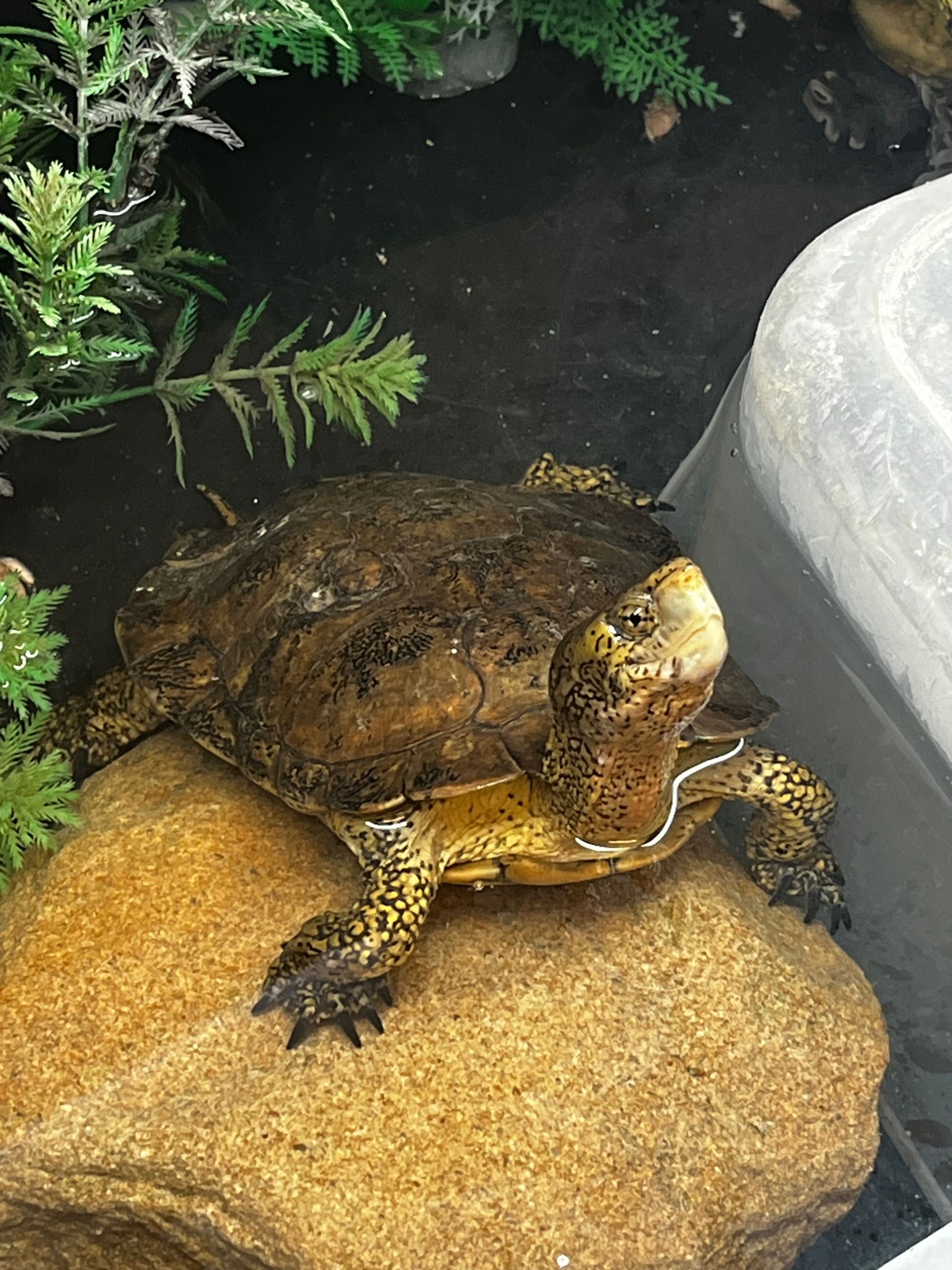A peek behind the scenes on how the wild 5 challenge came about
Every day at Santa Barbara Wildlife Care Network, injured wild animals are brought in to be cared for, rehabilitated, and released, so as to thrive in the wild. Among the injuries we see, many are, sadly, preventable.The Wild 5 was conceived to mitigate these injuries by inspiring the public to make small impactful changes in their day-to-day lives.
Wild Welcome was originally supposed to be a packet, mailed to homeowners, tenants, and homeowners associations to welcome them to their wild neighborhood. The idea was to educate people about where they lived, the wild neighbors around them, places of interest to visit, and local resources for better co-existence with wildlife. The idea has grown, and grown!
Wild Welcome and the Wild 5 Challenge educates the public about some of the most preventable ways wildlife can get injured in a perilous world. These actions challenge the assumption that wildlife and human life are separate, and instead encourage us to think of the interwovenness of nature and community. On a practical level, the Wild 5 is a set of wildlife conscious actions grounded in practice and real wildlife rehabilitation experiences. In the Q&A that follows
Ariana Katovich and Becky Gaal
dive into the origins of the Wild 5 Challenge and its roots in wildlife rehabilitation. Enjoy!


How did you come up with the Wild 5 challenges?
The Wild 5 was born directly from what we see every day at the Santa Barbara Wildlife Care Network hospital. Over 4,000 animals a year come through our doors, and while some arrive because of natural causes, a large portion are injured due to preventable human impacts: fishing line entanglement, rodent poison, car strikes, window collisions, and habitat disruption.
Our starting point was the everyday threats we saw repeatedly; fishing line entanglements, window strikes, pet-related injuries, poisoning, and the sudden rise in glue‑trap cases. The issue was that we couldn’t pick just one thing!
We asked ourselves:
which five actions, if widely adopted, would greatly help wildlife?
What if we could address these root causes before the animals ever got hurt? The Wild 5 emerged as a simple, public-facing “challenge” to bridge the gap between wildlife rehabilitation and everyday choices people make in their neighborhoods.
How do these actions help wildlife rehabilitation?
By reducing preventable harm through these actionable challenges, we’re not just saving individual animals—we’re helping entire populations. Rehabilitation is about giving animals a second chance. But the truth is, many of the animals we admit shouldn’t have been injured in the first place. By reducing preventable harm whether it’s keeping poison out of the food chain or slowing down on a rural road, we decrease the number of patients who need care – which means more resources for unavoidable cases (like natural illness or storm injuries). The Wild 5 empowers communities to proactively become partners in wildlife care.


What is a recent story of an animal affected by harmful practices the Wild 5 hopes to mitigate?
One story I can’t shake is a glue trap that was brought to our center- on this small glue board were three different species of wildlife none of whom were the intended “target.” A small songbird, a lizard, and a mouse were all stuck together, struggling and stuck next to another species of animal they’d likely run from in the wild. Glue traps are marketed as simple pest solutions, but in reality, they are indiscriminate and often catch whoever happens to pass by: birds, reptiles, and even beneficial pollinators.
This heartbreaking case is exactly why one of the Wild 5 actions is to keep our environment poison- and trap-free. Choosing humane alternatives not only spares animals from unnecessary suffering, it also prevents the chain reaction of harm that ripples through our ecosystems.
And, we want people to know if an animal is stuck on a glue trap, to find a local wildlife rehabilitator as quickly as possible to help.
Are there actions that didn't make the wild 5 challenge, ones you played with but ultimately set aside for a later date?
No kidnapping or moving wildlife. This is a good one. I would say that: Wild animals are not pets. Injured and orphaned wildlife should be brought to a licensed wildlife rehabilitator for help. Many animals need specialized care, and some habituate to humans more easily so knowing how to handle specific species is really important. Our goal is to keep wild animals wild.
If you find yourself in a situation where you see a baby wild animal on the ground, call a wildlife rehabilitator to make sure it is really in trouble! Some animals, like crows and owls, fledge the nest and spend some time on the ground before they can fly. Many rehabbers can take a look at photos and videos and let you know if the animal is truly orphaned, or just in a natural stage of its development.


What are some of the ways you envision the Wild 5 Challenge growing?
The Wild 5 Challenge was designed to address universal challenges to wildlife. While we treat wildlife every day here in Santa Barbara and Ventura counties, the actions of the Wild 5 can be adopted anywhere. Fishing line, poisons, window strikes, glue traps, tree-trimming, and pet interactions are issues faced by wildlife everywhere and we encourage anyone to see how small changes can lead to big positive impacts for wild animals
Looking ahead, we see several ways the Challenge can grow:
Partnerships & Collaboration: We’d love to see businesses, environmental organizations, and municipalities integrate the Wild 5 into their sustainability practices—whether that’s fishing supply stores educating customers, hardware stores replacing glue traps with humane options, or city governments endorsing wildlife-friendly pest control.
Local to global: The Wild 5 can scale far beyond our community. We envision the Wild 5 being adopted by schools, neighborhood associations, zoos, and nature centers worldwide as a simple, shareable call to action.
Education & Youth Engagement:The Wild 5 Challenge has a natural fit in classrooms, after-school programs, and scout groups. Kids love tangible actions they can take, and the Wild 5 provides just that: a way to protect the wild animals they see in their own backyards.
Storytelling Through Patients: Every Wild 5 action is rooted in real patient stories, pelicans with fishing hooks, raptors poisoned by rodenticides, or lizards caught in glue traps. As we continue to share these stories, the public will see that their choices are not abstract, they have a direct line to the wellbeing of animals.
Living in harmony with wildlife is possible. Small changes in our neighborhoods can create a safer, more sustainable environment for all creatures!

Be a part of our growing wildlife-aware community by taking the challenge today!
AND dive deeper into living with our wild neighbors by exploring these resources:
https://theiwrc.org/resources/emergency/north-america/
https://www.myoutdoorbuddy.com/articles/134373/cdfw-reminds-the-public-to-leave-young-wildlife-alone.php





